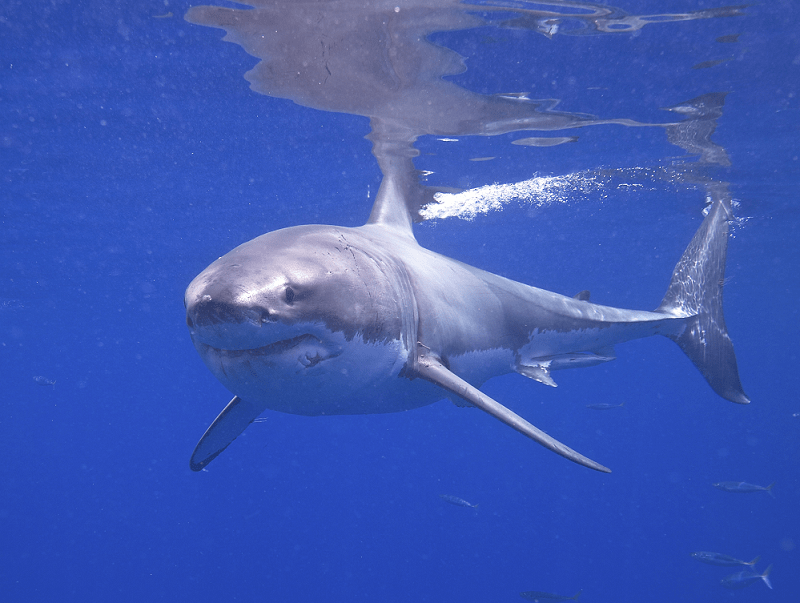
Great White Shark Facts
- The evocative term of Great White Shark perfectly serves as one of the common names for a truly incredible variety of mackerel shark. This marvel of Nature also goes by the other common names, though, such as the great white, the white shark, and white pointer.
- Unfortunately fo the layperson, the animal also has the somewhat tongue-twisting scientific name of Carcharodon carcharias. But, no matter what name one uses to refer to it, this magnficent creature unquestionably represents one of the oceans primary apex predators.
- The remarkable creature received that hard to pronounce technical title due to the efforts of Carl Linnaeus. The esteemed Swedish researcher accomplished the first recognition of it as a separate and distinct species. He achieved that scientifically noteworthy feat in 1758.
- This incredibly efficient marine hunter also has almost no known natural predators of its own. This holds true throughout the entirety of its natural range. The rare exception, though, would be extremely uncommon attacks by orcas when other, easier prey cannot be found.
- The breathtaking Great White Shark also exemplifies the ideal example of a very fast and far-ranging hunter. This true marvel of Nature evolved the ability to reach speeds measuring as much as 35 mph (56 kph). It can also safely dive to depths of as deep as 3,900 ft (1,200 m).
- For a variety of reasons, the IUCN lists this majestic creature as Vulnerable on its published Red List. This holds true largely due to such factors as habitat loss and reduction of its prey, due to human commercial fishing practices. However, it also faces danger from climate change.
Related Articles
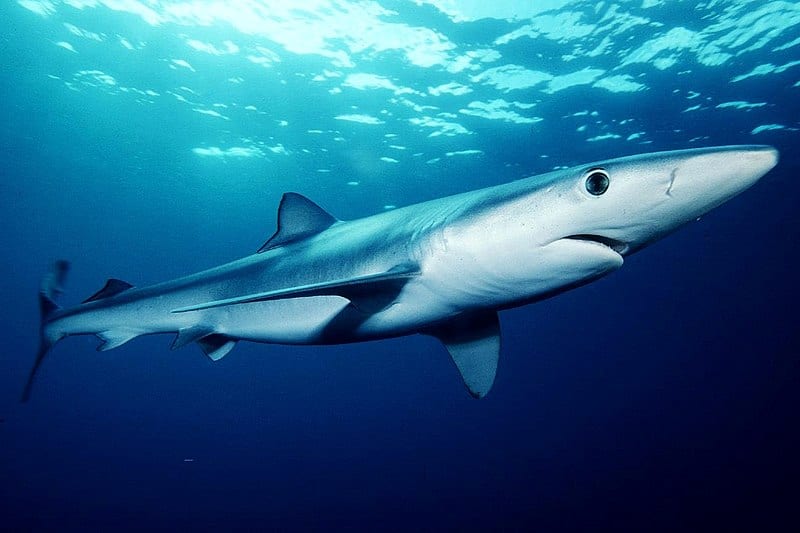
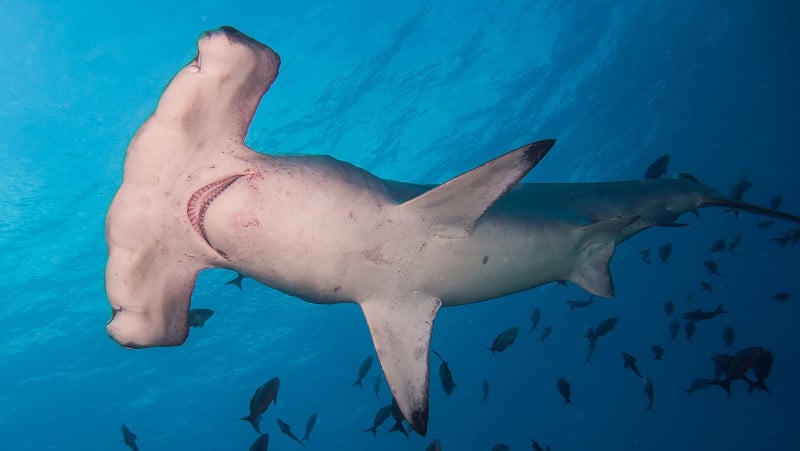
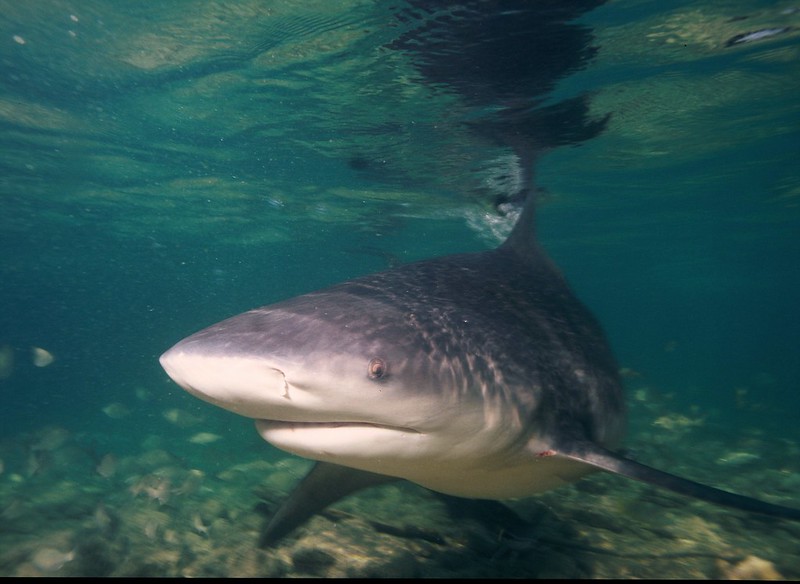
Great White Shark Physical Description
The astonishing Great White Shark instantly captures the attention of those individuals fortunate enough to encounter one. Indeed, its various attributes combine to make it one of the most recognizable shark species on the planet. This occurs due to both its outward appearance and size.
It also follows a natural pattern quite common among its many kindred around the world in this respect. That’s in the fact that it displays a certain degree of the physiologicial characteristic of sexual dimorphism. In its specific case, this trait mainly manifests itself in terms of dimensions.
Specifically, females of the species attain greater average measurements in both length and weight than their male counterparts. For that gender, individuals remain capable of reaching 21 ft (6.4 m) long. These same examples also sometimes achieve masses of 5,000 lb (2,270 kg) or more.
Males, meanwhile, do not typically achieve so grand a size. They generally average somewhere between 13 – 16 ft (4 -5 m) in length. Weights usually remain accordingly less, with a mean ranging from 1,100 – 2,400 lb (500 – 1,100 kg). Exceptions, though, sometimes reach 4,000 lb (1,800 kg).
The overall body design of both sexes evolved as approximately the same, very often being compared to that of a modern torpedo. That of the male, however, often develops as slightly more stout in form. The snout of the marvelous fish typically possesses a pronounced conical shape.
Yet, it’s the distinctive coloring of the aptly-named Great White Shark that usually draws the most interest from observers. The upper body typically shows dark gray or blue-gray, camouflaging it when from above. Its underside, though, displays white, concealing it when viewed from below.
The marvel of Nature also boasts many other features, as well. These include fins located on its back, sides, and tail. The fish also has several rows of teeth, numbering up to 300 in total. Its eyes develop as large and deep black, and it has gills positioned on each side of the large head.
- Kingdom: Animalia
- Phylum: Chordata
- Class: Chondrichthyes
- Order: Lamniformes
- Family: Lamnidae
- Genus: Carcharodon
- Species: C. carcharias
Great White Shark Distribution, Habitat, and Ecology
It bears mentioning that the remarkable Great White Shark possesses many more advantages than just its purely physical attributes. That holds true because the astonishing animal also has an almost global range of habitation. This gives it that decided advantage over numerous other species.
To the great amazement of many who learn of it, this truly amazing predatory fish inhabits virtually all regions of temperate and tropical waters. But, the greatest known concentration of its present numbers presently occurs in the waters off the coast of the country of South Africa, in Africa.
The incredibly powerful hunter most commonly appears in coastal and offshore areas. This practice, unfortunately, also frequently leads to encounters with humans. There, this denizen of the deep rarely, though certainly not never, enters waters with depths of less than 1,000 ft (305 m).
This extremely dangerous creature much more commonly appears at vastly more significant depths, however. These often reach as deep as 3,900 ft (1,200 m). Wherever it appears, though, the marvel of Nature demonstrates that it generally prefers to stalk a moderately large, regular territory.
Given its devastating power and surprising speed, the supremely effective predator of earth’s marine regions understandably feeds on a wide variety of prey. In point of fact, this monstrously powerful, and also highly aggressive, hunter actively feeds on virtually any creature it can find and catch.
The awesome Great White Shark nevertheless does tend to display certain preferences for its choice of prey, as nearly all living creatures do. Detailed observations indicate that these favorites include tuna, dolphins, seals, sea turtles, sea otters, and even, when possible, various marine birds.
Species Sharing Its Range
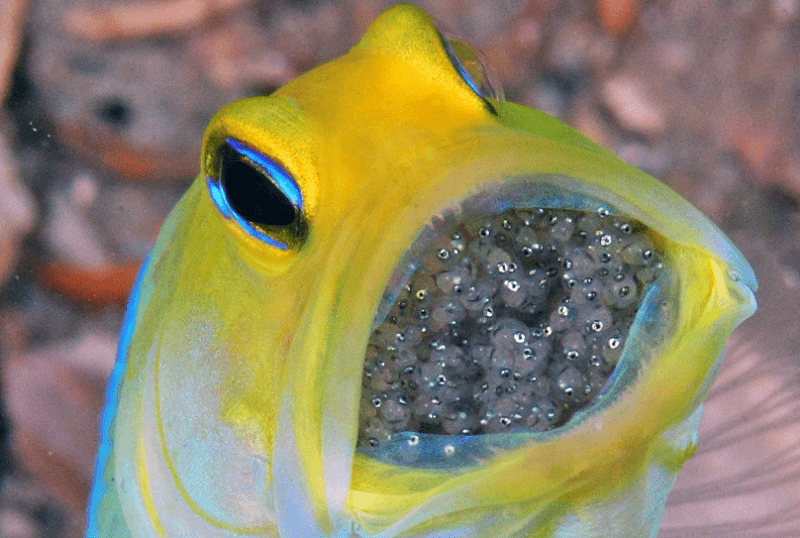
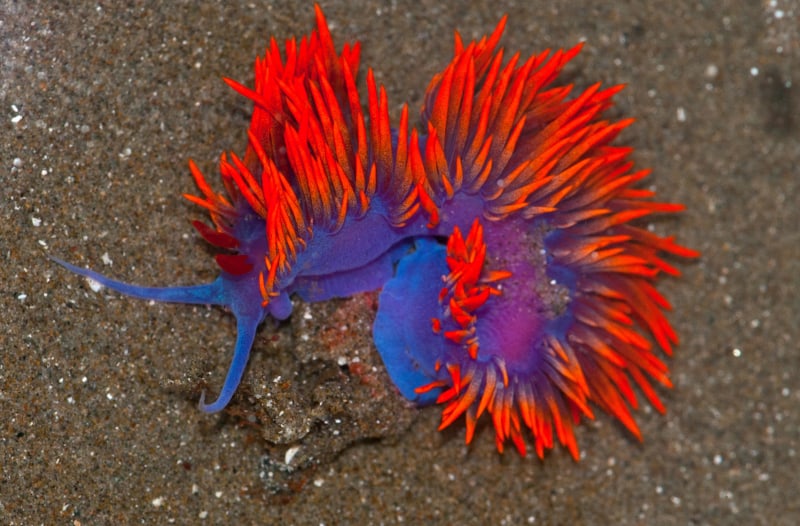
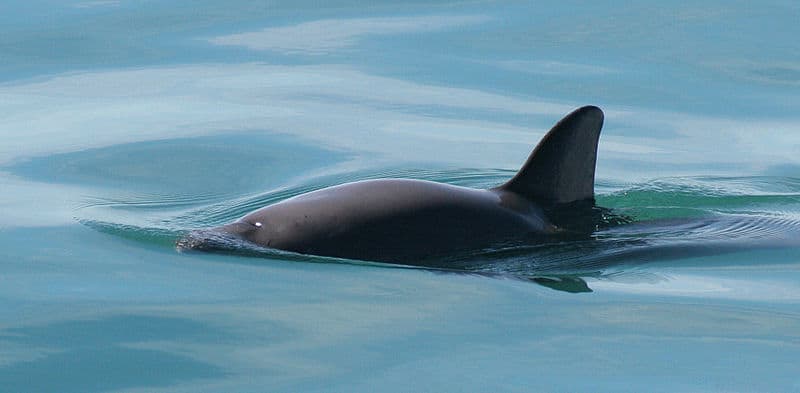
Vaquita
Check out our other articles on Shark-Finning Whims, African Penguin, Socotra, Brazilian Wandering Spider, Leaping Lesbian Lizard, Hogenakkal Falls, Giant Otter, Giant Hogweed,
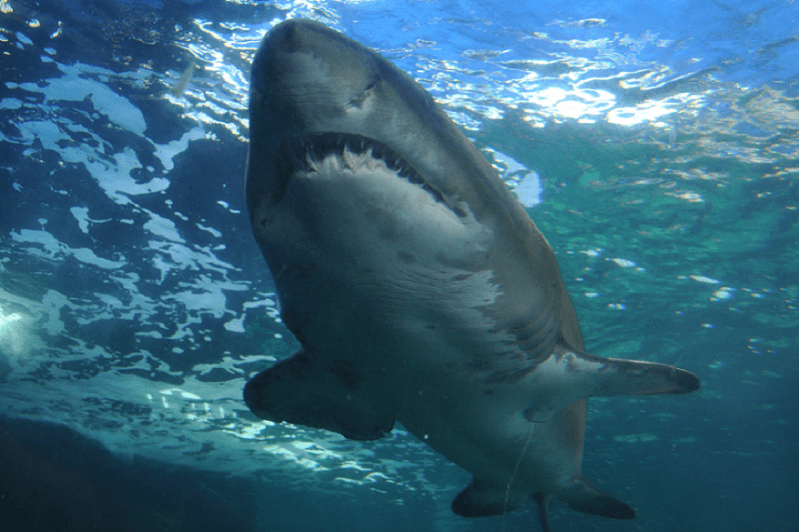









Leave a Reply